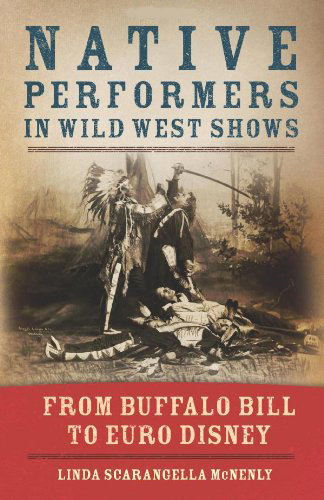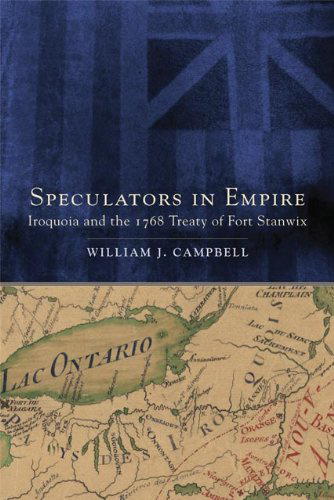 Native Performers in Wild West Shows: From Buffalo Bill to Euro Disney
Native Performers in Wild West Shows: From Buffalo Bill to Euro Disney
By Linda Scarangella McNenly
Norman, OK: University of Oklahoma Press, 2012
254 pp., B&W photos, index
$34.95 hardcover
In the United States, the battle between cowboys and Indians invokes romantic views of our past and our people. Wild West shows continue to be popular, from the American frontier all the way to Scandinavia. Anthropologist Linda Scarangella McNenly investigates this phenomenon in an attempt to complicate the picture of traditional scholarship. She partially rejects the view that this form of entertainment exploited all Native participants. Instead, she draws on their own voices through oral histories to show how these men and women used their roles in Wild West shows to see the world, provide for their families, and honor their own heritage.
Of particular interest to Western Pennsylvanian readers is McNenly’s case study on three Mohawk families who performed in the early 20th century, including the famous Princess White Deer. Living in Canada and New York, the families traced their ancestry to the Iroquois Nation as part of the Mohawk tribe. They drew on their heritage as inspiration for Wild West shows, especially in their costumes. While audiences expected to see all Natives in Plains Indian dress, Princess White Deer and other Mohawk entertainers augmented their costumes with Iroquois beadwork and Cayuga and Seneca headdresses. McNenly argues that such practices gave American Indian performers power over their work and their lives.
Reviewed by Kelly Anderson Gregg, Assistant Editor of Publications, Heinz History Center
 Speculators in Empire: Iroquoia and the 1768 Treaty of Fort Stanwix
Speculators in Empire: Iroquoia and the 1768 Treaty of Fort Stanwix
By William J. Campbell
Norman, OK: University of Oklahoma Press, 2012
278 pp., with maps, notes, and index
Volume 7 in the New Directions in Native American Studies Series
$39.95 hardcover
Who sold Pittsburgh to the European settlers? After the French & Indian War, the Iroquois relinquished their claims to the Ohio Valley in 1768. The Treaty of Fort Stanwix reflected an Iroquois strategy of clearly defining their borders to restrict further encroachment by settlers along the Mohawk River. Colonial negotiator George Crogan also secured his own speculative claims to a large part of what is now Pittsburgh. His shrewd and patient strategy included forsaking his claims on territory in upstate New York. A careful selection of both 18th-century and modern maps supports Campbell’s narrative of self-interested colonial negotiators. His exploration of land speculation, diplomacy, and imperialism captures the last great moment of Iroquois power brokering in the Ohio Valley.
Reviewed by Gerard O’Neil, Publications Intern, Heinz History Center